Main content
There is enough food to feed everyone on the planet, but an estimated 821 million people go hungry ever year, with many more suffering from food related challenges, such as wasting, stunting, micronutrient deficiencies and obesity.[2,3] Paradoxically, almost a third of all edible parts of food – about 1.3 billion tonnes per year are lost or wasted.[1] In low-income countries, food loss and waste (FLW) occurs early in the food system (costing about US$ 300 billion); by contrast in higher income countries FLW occurs in the latter stages of the food system, specifically retail and consumption (costing almost US$ 700 billion).[1]
While food loss (FL) implies ‘the decrease in the quantity or quality of food’ before it reaches the consumer, food waste (FW) is ‘the discarding or alternative use of food that is safe and nutritious’ primarily in the consumer phrase.[2] In the European Union (EU) an estimated 88 million tonnes of edible and inedible parts of food are lost or wasted yearly, with an associated cost of 43 billion. [13] Households account for 53% or 47 million tonnes of the total EU’s edible and inedible waste. The Netherlands is identified as the largest generator of FLW by volume, between 1.77 and 2.55 billion kilograms, with consumers accounting for the largest share, ranging between 33%-38% of the total. [13] Assessed as a public health problem, FLW relates to questions of food insecurity and nutrition, [11,2] both increasingly pressing concerns in the Netherlands since data indicate increasing use of food banks and food price increases in 2019.[14]
Methodology
This study’s leading research question was: How is household FW perceived and managed by different communities living in the Central Innovation District (CID) of The Hague? The study concentrated on households, hence the focus on food waste. The research question was operationalized through a mixed-methods approach, including cross-sectional survey, PhotoVoice and focus groups. In this paper, we report on the findings from the PhotoVoice study.
Given that the terminology, understandings and practices of FW can vary, study participants chose to join one of three language communities Dutch speaking (DS), English speaking (ES) and Arabic speaking (AS). They took photos of their FW during one entire week in September and October 2018. While the topic of FW was provided, participants were free to define, interpret and associate their own practices, registered in the photos. During the interview, each participant selected 3 photographs and discussed their stories in line with the SHOWED framework: what is seen? what happens? how does this affect our lives? why? and what can be done about it?[15]
Results
Revealing practices though the photo-taking process
For the participants, FW was a complex and nuanced practice that included buying too much food, dealing with leftovers and handling vegetable scraps. FW is ‘multi-faceted … and it’s a very tricky one in our prosperous society’ (DS6). Plastic waste was repeatedly cited as contributing to FW: ‘I did bring all kinds of snacks … and then all of a sudden you have so much plastic’ (DS5).
The photo-taking process allowed participants to critically reflect on their own FW practices: ‘You know, we ignore in day-to-day life or we do not pay attention like wastage’ (ES3). This triggered certain changes in household practices, including reducing portion sizes for children, improving household communication and rethinking the food preparation process. Participation also spurred conversations outside the household; participants discussed food waste with colleagues and friends and felt it was an important issue to raise awareness.
The household: transition from food to waste
Food does not automatically become waste; there is a process that begins before food is being thrown away and its transition to waste. This process is affected by sensory cues, such as smell and/or visual defects (mould), indicating when food becomes waste (Photo 1).
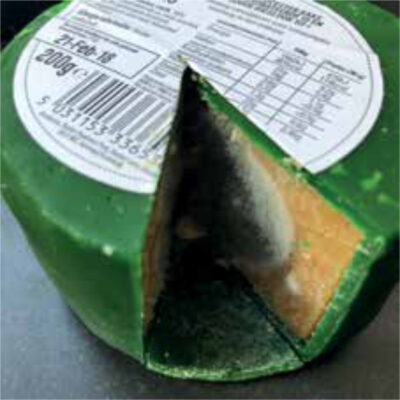
Cultural beliefs about when food should be eaten and storage of leftovers impact the transitions to waste. For example, some participants asserted that food needs to be eaten fresh (within one hour of being cooked) to ensure proper nutritional quality; any leftovers were discarded rather than stored: ‘Because the food is more healthy if it is eaten within an hour … I see most of the time when we make more … it goes for waste’ (ES2).
Unavoidable waste
Most household waste was associated with food preparation (Photo 2). Some food waste is deemed unavoidable such as eggshells, coffee grounds, tea bags and peels. Some participants were unsure how to classify certain forms of waste, such as carrot tops and cucumber ends (Photo 3).
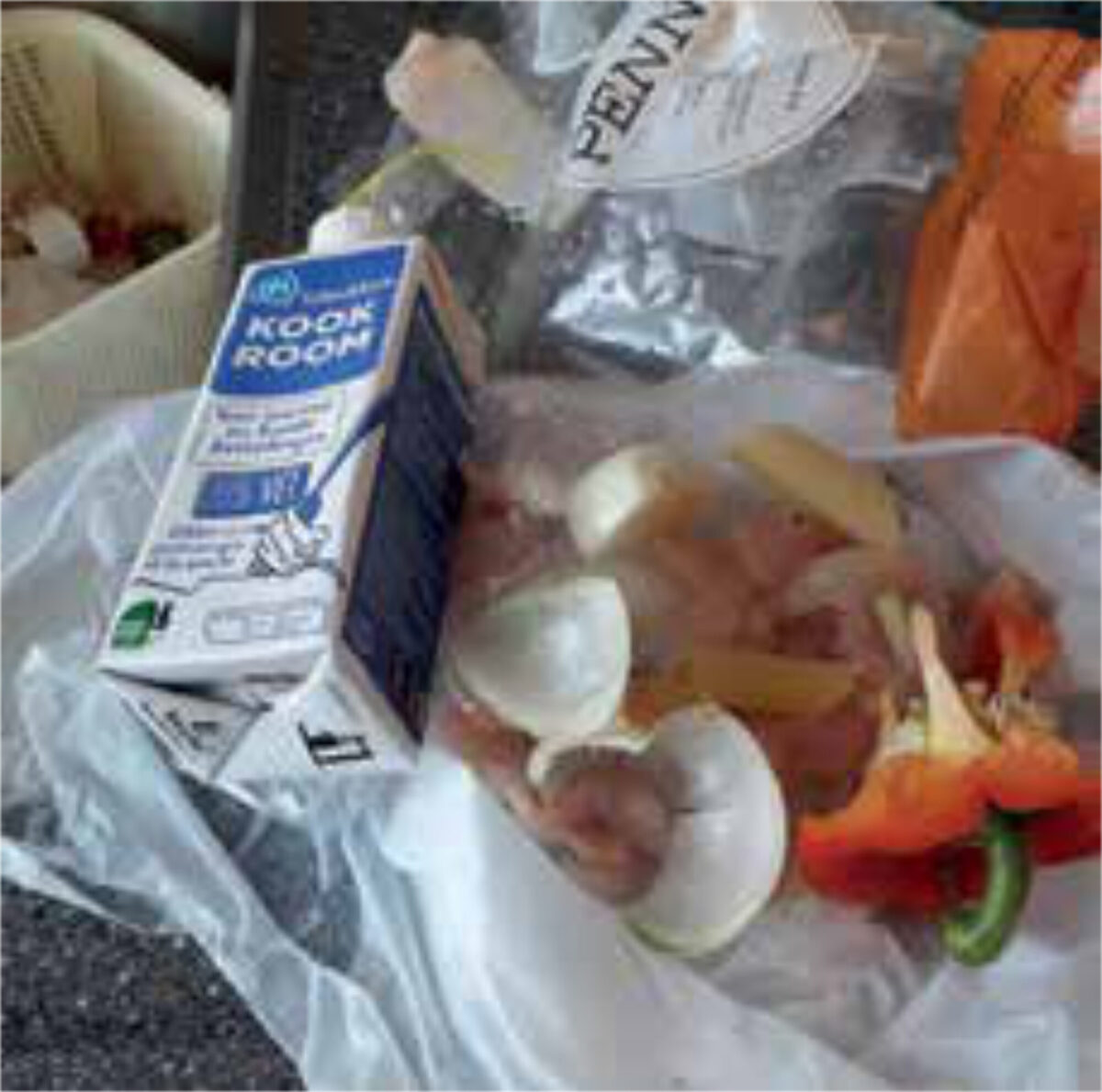
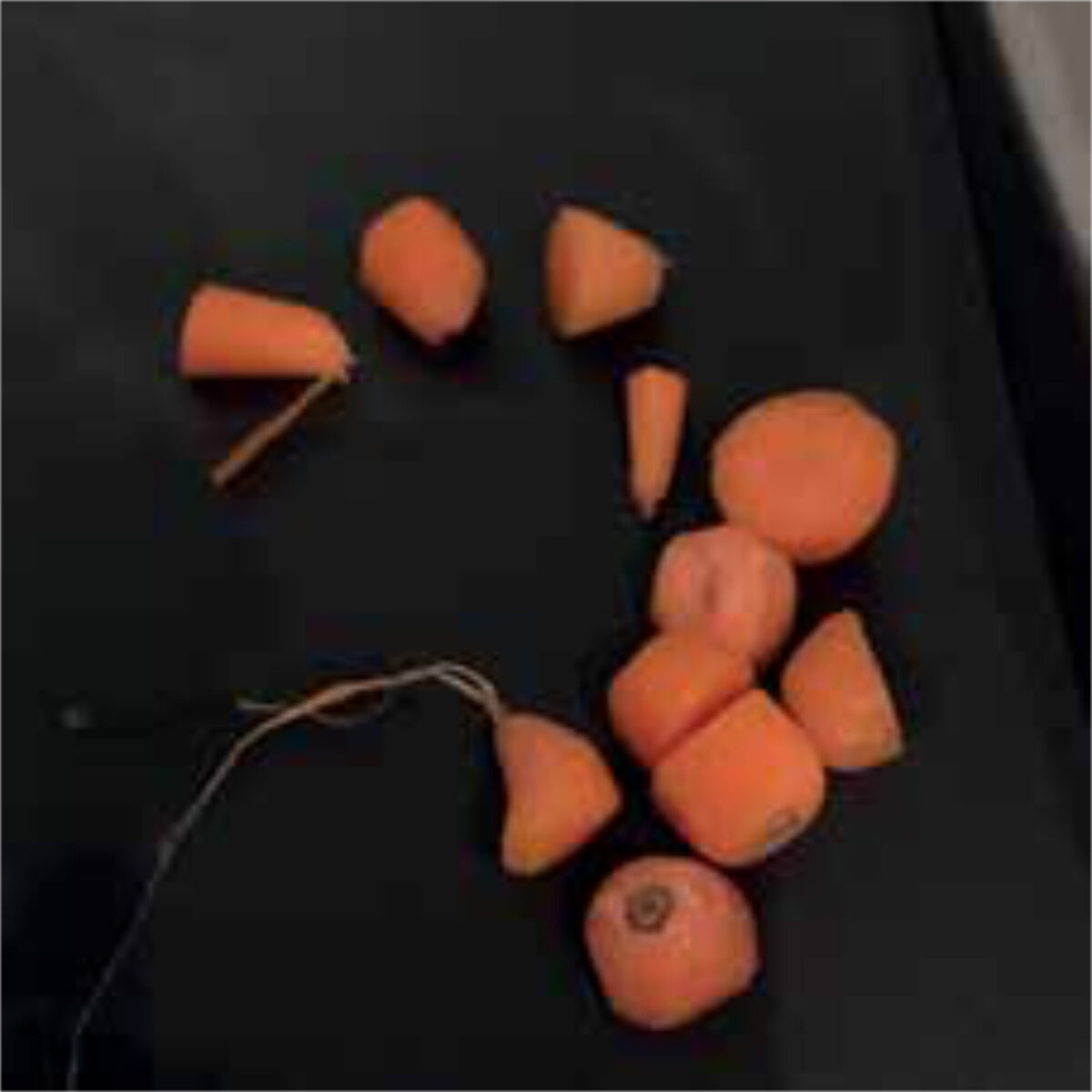
Children make a difference
Households with children struggled to control preferences in relation to FW. Provisioning of food especially for children was highlighted as a concern. Parents did not seem to serve correct portions to children, who also went through phases where more or less food was consumed. Several participants spoke about altering portion sizes: ‘I started thinking about making smaller sandwiches for the children’ (ES5); but there was a resignation that FW is something ‘that you get automatically with small children’ (DS4). (Photo 4)
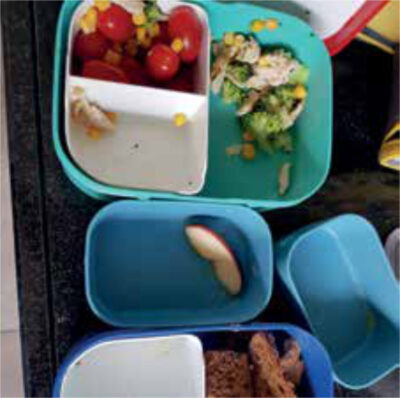
Waste is connected to the process of planning, purchasing and consumption
Households spend a lot of time on food work such as planning, cooking, storing and consuming food. An aspect that can hinder this planning effort is the difficulty of finding items in adequate quantity for consumption: ‘It’s very difficult to buy the right amount … I never make it through a bag of bread’ (ES7).
Beyond the household: challenges to reduce fw
Household specific waste is linked to wider municipal, state, country and global systems related to food cultivation, subsidies, system-level practices, waste disposal systems and available purchasing options. For example, there was a lack of options for non-plastic wrapped food (Photo 5). Attempts to reduce plastic related food waste may involve finding other places to get groceries. However, one participant noted that even at the market in The Hague many vegetables can only be bought in bulk: ‘We basically bought a whole lot of bell peppers’ (ESI); while plastic waste was reduced, the quantity of food did not align with needs, resulting in waste.
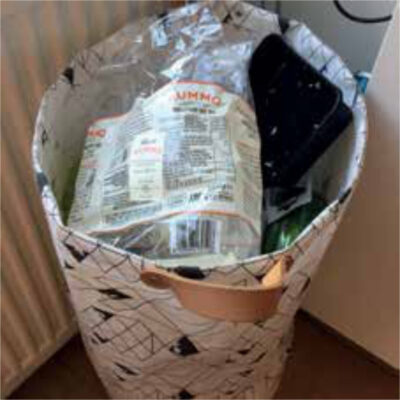
Information and trust
The availability of trusted information is another aspect that affects FW. For some, food disposal is dictated by expiration dates: ‘Because of my financial situation, I try also [not] to waste But sometimes … If it is expired then I have to throw it away’ (ASI). But for some, the final decision to waste food depends on the sensory appeal of food: ‘What I also consider a good thing is that I pay a little less attention to … the “best before” date now I am more like: taste it first, smell it for a bit, just check whether it is really already off’ (DS3).
Food waste management systems
Participants spoke about lack of information in relation to recycling facilities, processes, requirements and access to such facilities. Particularly important here are the difficulties of dealing with organic waste (lack of information about composting, infrastructure for home composting, or the availability of a GFT bin/collection point). Some participants did use the week of taking photos to better identify the different types of waste associated with food and looked into the municipal waste management systems to determine what can be placed in which bin.
Conclusions
Food waste is an interplay between households, the municipality, and the food system (including producers and suppliers), negotiating what is and is not controllable. Participants in the study were generally unaware of the extent of their FW until the PhotoVoice; this research gave them opportunities to visualize and potentially act upon their FW. Control over FW management is dependent on the levels of consciousness and information people possess. Some scholars indicate FW is not just one behaviour but a chain of practices including planning, buying, use, cooking and leftovers management, which all culminate in waste. [5,7,12] Attempts to understand household FW management to determine the best strategies for behaviour change have produced mixed results. [4,6,8,9,10,12] Unlike in other research, participants in this study were willing to accept responsibility for their practices of unconscious and/or uninformed FW. A different issue relates to aspects out of their control e.g. quantities per unit item for sale and plastic packaged food. Significantly, it was not the plastic shopping bags but rather the plastic wrapping of many items and ready to eat meals that presented what was perceived as an unavoidable challenge. There is a desire to ‘do the right thing’, yet socialization and time management to improve food planning are barriers.
Through this study, we argue for a broader approach to examine, understand and act upon FW. While FW can be fought in the household planning and provisioning phase, efforts to reduce FW should also involve the wider food system and municipal governance. To produce change, FLW cannot be thought of separate from the wider social, economic, and political systems linked to consumption, food insecurity and food safety.
Acknowledgement
This research has been facilitated by CID The Hague, sponsored by City of The Hague, Leiden University, Delft University of Technology and The Hague University of Applied Sciences.
References
- FAO, WFP, IFAD. The State of Food Insecurity in the World. 2011. http://www.fao.org/3/i2330e/i2330e.pdf
- FAO, IFAD, UNICEF, WFP and WHO. The State of Food Security and Nutrition in the World 2017. Building resilience for peace and food security. 2017. http://www.fao.org/3/a-17695e.pdf
- FAO, IFAD, UNICEF, WFP and WHO. State of Food Security and Nutrition in the World 2018. Building climate resilience for food security and nutrition. 2018. http://www.fao.org/3/i9553en/i9553en.pdf
- Graham-Rowe E, Jessop DC, Sparks P. Identifying motivations and barriers to minimising household food waste. Resources, Conservation and Recycling. 2014;84:15-23.
- Grainger MJ, Aramyan L, Logatcheva K, et al. The use of systems models to identify food waste drivers. Global Food Security. 2018;16:1-8.
- Hebrok M. Boks C. Household food waste: drivers and potential intervention points for design – an extensive review. Journal of Cleaner Production. 2017;151:380-92.
- Parizeau K, von Massow M, Martin R. Household-level dynamics of food waste production and related beliefs, attitudes, and behaviours in Guelph, Ontario. Waste Management. 2015;35:207-17.
- Schanes K, Dobernig K, Gözet B. Food waste matters – a systematic review of household food waste practices and their policy implications. Journal of Cleaner Production. 2018;182:978-91.
- Schmidt K. Explaining and promoting household food waste-prevention by an environmental psychological based intervention study. Resources, Conservation and Recycling. 2016;111:53-66.
- Setti M, Banchelli F, Falasconi L, et al. Consumers’ food cycle and household waste: when behaviors’ matter. Journal of Cleaner Production 2018;185:694-706.
- Van der Velde L, Numans M, Middelkoop B, et al. Onzichtbare honger? Voedselonzekerheid in de Haagse Krachtwijken. Epidemiologisch Bulletin. 2018;4(53).
- Van Geffen L, van Herpen E, van Trijp H. Quantified consumer insights on food waste: Pan-European research for quantified consumer food waste understanding. European Union’s Horizon 2020. 2017. https://eu-refresh.org/sites/default/files/REFRESH%202017%20Quantified%20consumer%20insights%20on%20food%20waste%20D1.4_0.pdf
- Vittuari M, Azzurro P, Gaiani S, et al. Recommendations and guidelines for a common European food waste policy framework. FUSIONS. 2016. https://www.eu-fusions.org/phocadownload/Publications/D3.5%20recommendations%20and%20guidelines%20food%20waste%20policy%20FINAL.pdf
- Voedselbanken Nederland. Persbericht. Meer mensen maken gebruik van voedselbanken. August 20 2019. https://www.voedselbankennederland.nl/persbericht-meer-mensen-maken-gebruik-van-de-voedselbanken/#_ftnrefi. [Accessed 9 September 2019]
- Wang C, Burris, MA. Photovoice: concept, methodology, and use for participatory needs assessment. Health Education & Behavior. 1997;24:369-87.


















































